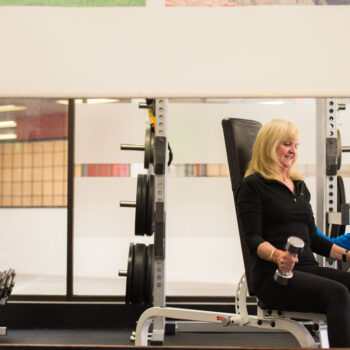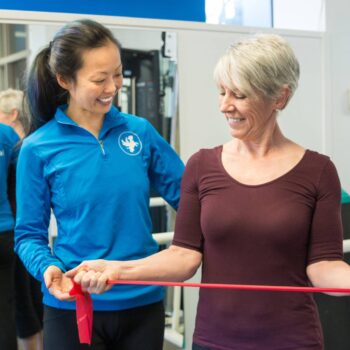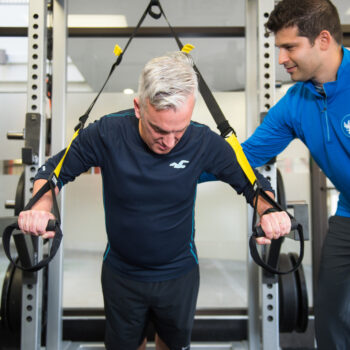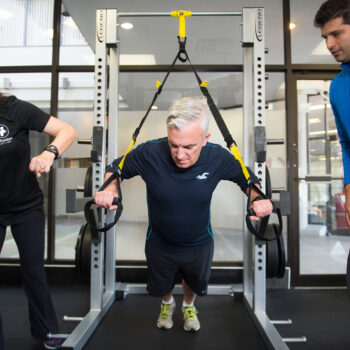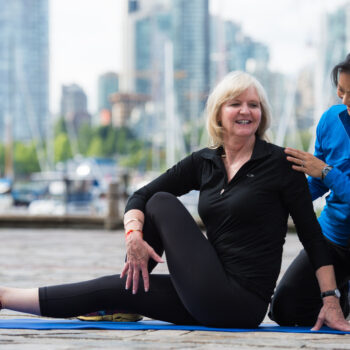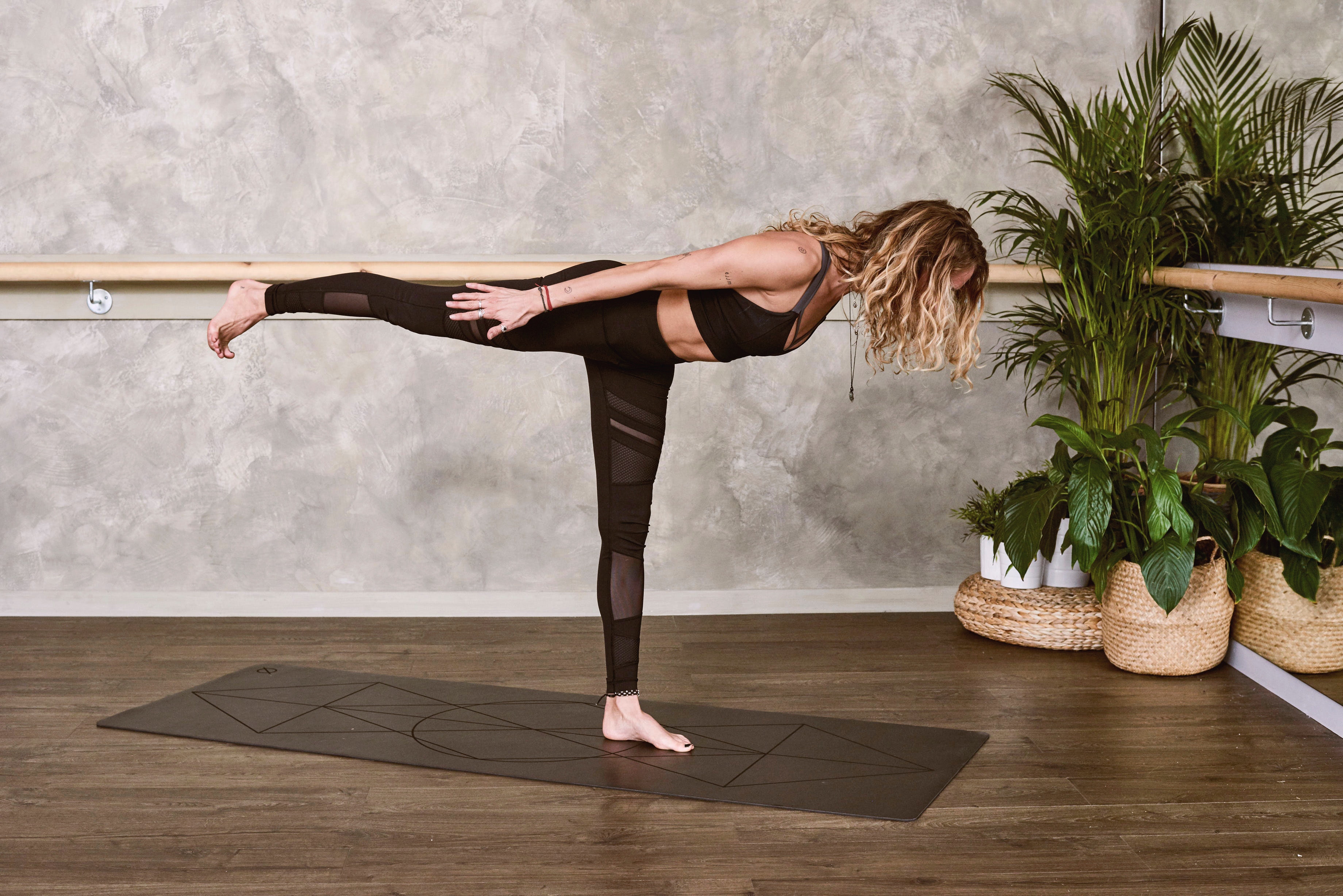
What does the core consist of?
Contrary to the common belief that the core refers to the abdominal muscles, or simply the “abs”, it is more than just a “six-pack”. In fact, the core is the foundation of your body and involves the abdomen, hips, pelvis, spine, and back, allowing your arms and legs to stem from the core.
Core strength is fundamental to any physical activity we perform during the day, whether getting out of bed, walking, bending, lifting grocery bags, or standing upright. Even a relatively simple involuntary action such as breathing requires the core!
The muscles found within the core work together to provide support and stability to your body during static and dynamic activities, limit excessive movements, and keep your spine safe and supported. Most importantly, strong core muscles allow us to maintain a happy, active, and injury-free life.
There are two major muscle groups found within the core: stabilizers and movers.
Stabilizer muscles
These muscles are responsible for static functions of the core (e.g. helping to stabilize and control the trunk). This group involves:
- Transverse abdominis: Deepest of all the abdominal muscles wrapping around your spine to provide thoracic and pelvic stability.
- Internal obliques: Superficial abdominal muscles providing support to the abdominal wall, assisting in forced respiration (breathing), and twisting the trunk.
- Lumbar multifidus: Small yet very powerful muscle running deep along the length of the spine; stabilizes the lumbar portion of the spine.
- Pelvic floor muscle: Group of muscles at the base of the pelvis; holds the internal organs and structures of the lower abdomen in place, thus affecting urinary and sexual function.
- Diaphragm: Muscle separating the thoracic cavity (heart and lungs) from the abdominal cavity; plays a vital role in respiration.
- Transverospinalis: Group of deep and long muscles located in the back; responsible for maintaining posture and moving the head and vertebral column.
- Gluteus medius & minimus: Located beneath the Gluteus maximus muscle; play an important role in walking, running and single leg weight-bearing activities by maintaining frontal plane stability during the gait cycle.
Mover muscles
These muscles are responsible for dynamic functions of the core (e.g. allows you to produce movement of the trunk). This group involves:
- Rectus abdominis: Muscle in the front of the abdominal region; allows flexion of the trunk and creates the well-known “six pack” look.
- External obliques: The largest and outermost muscle of the abdomen that lies on both sides and front of the abdomen; allows the torso to twist.
- Erector spinae: Group of back muscles that extends along the the vertebral column; functions to straighten the back and allows side-to-side rotation.
- Latissimus dorsi: Widest back muscle working to extend, adduct and rotate the arm at the shoulder. It also assists in extending the trunk.
- Gluteus maximus: Largest and heaviest muscle of the body located in the gluteal region. Used for powerful lower limb movements such as stepping up, climbing and running. It aids in stabilizing the body by balancing the pelvis on the femoral heads, thus maintaining upright posture.
Signs of weakness in the core
Experiencing one of the signs below might indicate inadequate core strength: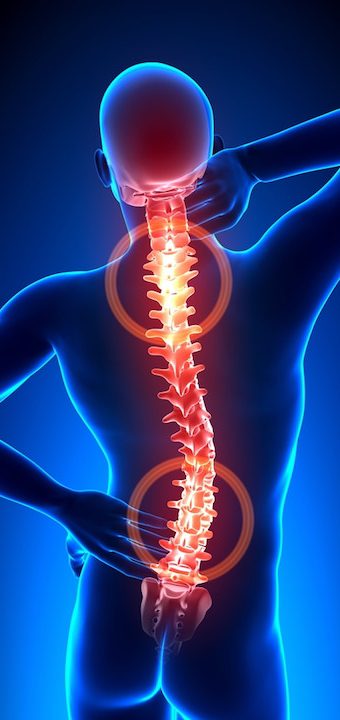
- Frequent lower back pain with prolonged standing and/or sitting
- Poor balance
- Difficulty maintaining correct posture
- Excessive arch in the lower back when you stand and/or walk (This can also indicate pelvic tilt)
- Inability to hollow your stomach
The ‘hollowing’ test is used to assess the strength of your deep abdominal muscles.
To do the test, take a deep breath through your nose. Then, start exhaling while pulling your belly button in towards your spine. As you finish, hold this position for 10 seconds, then release. An inability to sustain the hold for the entire count indicates that there is some weakness within your core.
5 Simple Exercises
Since the core works together with the upper and lower body, isolation exercises such as sit-ups are not as effective compared to functional whole-body exercises. We’ve put together easy exercises that can help strengthen and stabilize the core.
1. Bird-dog
The goal of this exercise is to improve lower back strength and balance through increasing core stability in both the abdominal and lower back areas.
- Begin with the ‘all fours’ position maintaining a neutral pelvis.
- While contracting your abdominal muscles, push your leg backwards while simultaneously raising the opposite arm until both are parallel to the floor. Try to maintain balance and avoid twisting the torso and pelvis.
- Hold this position for 8-12 seconds and slowly return to the starting ‘all fours’ position. Repeat on the other side. Perform 2 sets of 10 repetitions (5 per leg).
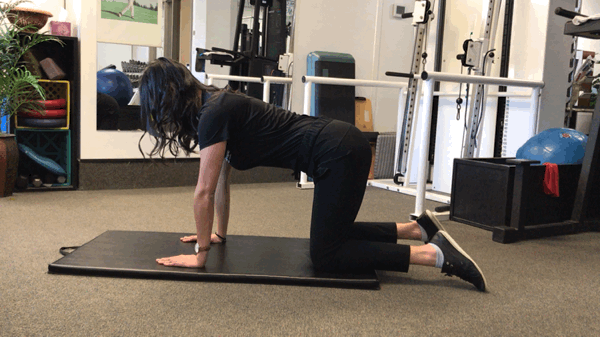
Important:
* Neutral pelvis should be maintained throughout the exercise. This means having the knees under the hips and their hands under the shoulders (specifically lining up your wrists with the front of your shoulders).
* Keep abdominal muscles mildly contracted while raising and holding the extension of your limbs. Keep the core engaged to help stabilize your torso and maintain a neutral spine.
* Maintain normal, relaxed breathing pattern throughout the exercise. For example, exhale while lifting your arm and leg, and inhale while returning to the starting position.
* Arms should go up straight ahead, and not diagonally.
* Make sure that you do NOT tilt the pelvis towards the supporting side in order to get the leg back.
2. Supermans
The goal of this exercise is to strengthen your lower back and tone your gluteus muscles.
- Begin in the prone position (facing down) on the floor. Your arms should be fully extended in front of you.
- Simultaneously raise your arms, legs, and chest off of the floor
- Hold this position for 2-5 seconds while maintaining the contraction of your body.
- Slowly lower your arms, legs and chest back down to the starting position.
- Perform 2 sets of 5-10 repetitions.
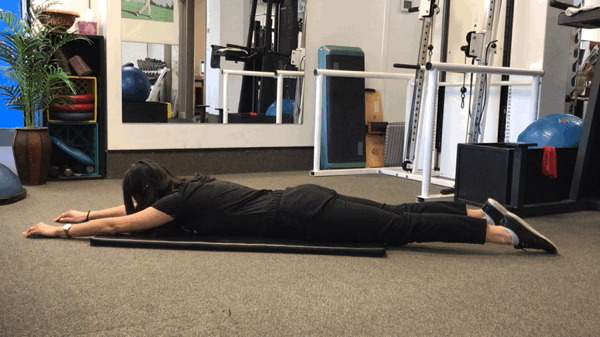
Important:
* Squeeze your lower back to get the best results from this exercise.
* You should look like flying superman when in the active/contracted position.
3. Front plank
The goal of this exercise is to hold the plank position with good posture. Keep the spine in a neutral position, similar to when you are standing perfectly straight.
- Get into a plank position, squeeze the buttocks and brace your core.
- Hold the plank for 15-30 seconds. Perform 2-4 reps.
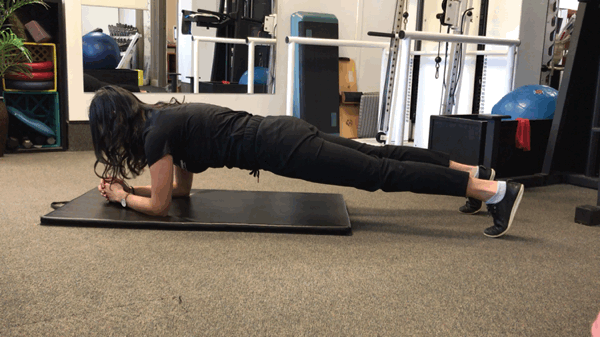
Important:
* Maintain abdominal bracing by contracting the abdominal muscles.
* Maintain neutral alignment of the spine and avoid twisting the torso.
* Maintain a normal, relaxed breathing pattern throughout the exercise.
4. Side plank
Similar to the front plank, the goal of this exercise is to hold the plank position with good posture. Again, keep the spine in a neutral position, as it is when you are standing perfectly straight.
- Begin by lying on your side with hips and knees bent. Support your upper body weight with your forearm by placing the elbow right underneath the shoulder.
- Grab the weight bearing shoulder joint with the free hand for support. Set your shoulder blades, or pull them back together prior to bridging to increase stability in the shoulder.
- Bridge the torso between the elbow and the knees by using your knee as a fulcrum and opening up the hip joint to the point where your body is in a straight line (knee should remain bent on the floor).
- Hold the side plank for 8-12 seconds and slowly return to the starting position. Perform 2 sets of 5 to 10 repetitions.
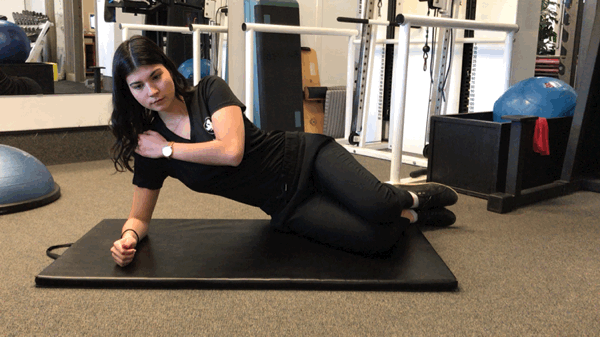
Important:
* If fully straightening your body is too difficult, aim for half way. It’s best to maintain proper form throughout the exercise rather than employing false technique to complete the movement.
* Maintain abdominal bracing by contracting the abdominal muscles.
* Maintain neutral alignment of the spine and avoid twisting the torso.
* Maintain a normal, relaxed breathing pattern throughout the exercise.
5. Glute bridge
- Lie supine (facing up) with your legs bent at the hips and knees. Keep your feet hip-width apart and flat on the floor, and arms resting by your sides at 45 degrees.
- Push through the heels, squeeze the buttocks, and bridge by raising your pelvis up while straightening out your body. Keep the hamstrings relaxed as much as possible.
- Hold for 2 seconds, then return to the original position while maintaining contraction in your buttocks. Perform 2 sets of 8-12 reps.
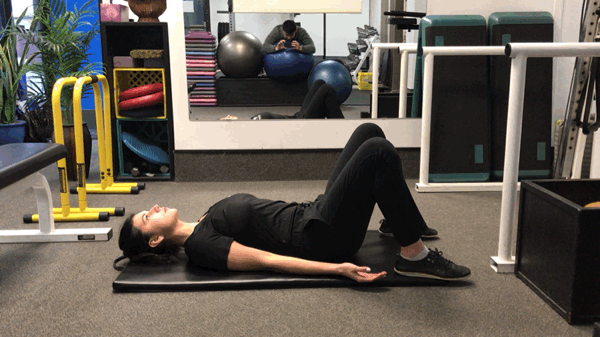
Important:
* Keep your buttocks (gluteal muscle) and abdominal muscles tightened during the exercise. Mildly push through with the feet to help activate glutes and reduce hamstring contraction if there is a difficulty relaxing them.
Core exercises are an important component of any fitness program. First, they help to improve your balance and stability, which allows the muscles in your abdomen, lower back, hips, and pelvis to work in harmony. Second, not only are they beneficial to your health, but they are simple to do as you do not need any specialized equipment.
At the end of the day, strong core muscles make it easier to do many activities, from getting out of bed in the morning or bending down to tie your shoes, to running a marathon! Even if you are pushed for time, it only takes 5-10 minutes out of your day to give these exercises a try. Remember, having a consistent exercise plan is the key to achieving the best results!
 Alia Arslanova – Client Care Manager/Cardio Trainer
Alia Arslanova – Client Care Manager/Cardio Trainer
Alia has been doing sports since childhood: rhythmic gymnastics, tennis, synchronized swimming, and currently does Police Judo. Being constantly active, learning about human anatomy and kinetics makes her happy so choosing Kinesiology as her academic and career goal is a perfect match!


